Why Mainstream Eyewear Brands Often Don't Fit Everyone the Same
Glasses That Never Fit Right? You're Not Alone.
You try on pair after pair of glasses. Some pinch, while others slip off. Nothing really fits, and your frustration grows. If this sounds familiar, you're not alone. Studies show that nearly 60% of eyewear buyers have difficulty finding frames that fit their faces properly.
But it isn't about your face being the problem. It's about an industry that still designs for a narrow, outdated idea of what a typical face looks like. From outdated sizing charts to gender-binary marketing, mainstream eyewear has long excluded the very people it claims to serve. It's time to leave outdated design behind; the transformation is already underway.
The Real Reasons Glasses Don't Fit Most People
For decades, mass-market eyewear has relied on standardized frame dimensions: bridge width, temple length, and lens width. But real frames aren't standardized. People vary across cultures, ethnicities, and genders in ways these measurements don't account for. If your nose bridge is low, your cheeks are high, or your eyes are wider apart, chances are traditional glasses will pinch, tilt, or slide down your face no matter how expensive the frame is.
These designs are rooted in Eurocentric ideals: narrow bridges, deep-set eyes, and angular features. That might work for some, but it literally leaves millions out of the frame. People of Asian, African, Middle Eastern, Indigenous, and Latin American descent are often forced to compromise on comfort, fit, and style. That's not a niche problem. It's a global design failure.
Walk into most optical shops, and you'll see the gender binary on full display: "Men's" and "Women's" sections, each based on outdated assumptions. Men's faces are wider, so Women's faces are more delicate. But where does that leave nonbinary individuals? Or people who don't conform to those rigid categories? Nowhere visible.
Even when brands want to be more inclusive, they face retail constraints. Physical stores can only stock so many frames, so they default to what sells most: the middle-of-the-road fit. It means people whose features fall outside the industry's narrow definitions are often overlooked both in-store and in design thinking.
While virtual try-ons and digital tools are a step forward, they often miss the mark. Most are little more than filters overlaying a frame on your webcam image. They rarely factor crucial elements like pupillary distance, bridge height, or facial geometry. Without them, you're left guessing.
The Consequences Go Beyond Discomfort
Ill-fitting glasses aren't just a minor inconvenience. They can cause physical pain, pressure behind the ears, skin irritation, and constant slipping. Worse, poor lens alignment due to a bad fit can impact your vision, leading to headaches or eyestrain even with the correct prescription.
The emotional cost. Many people internalize the idea that glasses don't work for them. They feel invisible, unrepresented, or awkward in every frame. It's not vanity, it's identity, access, and confidence. And for marginalized communities with non-Eurocentric features, the issue becomes one of equity. Eyewear is not just a fashion statement. It's a medical device, a daily necessity. When the default design excludes you, it's not just uncomfortable. It's unjust. Thankfully, a wave of new eyewear brands is challenging the status quo.
Reframd is part of that wave. We design for real-world diversity, not outdated averages. Our low and wide bridge fit was developed explicitly for people with non-Eurocentric facial features. We use actual user data to inform every curve and every angle because designing for inclusion starts with listening. Our approach moves beyond gender categories. We don't believe faces fit into binary boxes. Design should express who you are, not who a label says you should be.
Change is happening slowly but surely. More brands are starting to see the gaps and fill them with better ideas. Whether it's custom designs, more adaptable fits, or simply paying attention to overlooked needs, there's real progress in motion.
How to Take Fit Into Your Own Hands
As awareness grows, so does consumer empowerment. People are learning to ask more thoughtful questions and demand better options.
Know your measurements, including bridge width, temple length, face width, and pupillary distance. You don't need a high-tech setup, just a mirror, a ruler, or the Reframd Fit app.
Ask your optician, "Do you carry low-bridge or inclusive fit optics?" This frame adjusts. Does this design align with my PD? Watch for red flags. If your glasses slide, leave pressure marks, or sit crooked, the fit is wrong even if the style is right.
The Future of Eyewear Is Personal
The eyewear industry is finally being forced to confront what many have known: one-size-fits-all does not fit everyone. Designing for inclusion is not about checking a box, it's about expanding the frame of reference. It's about equity, dignity, and self-expression. Whether you're after comfort, clarity, or confidence, you deserve glasses that feel like they were made for you because they were.
At Reframd, we believe every face deserves to be the starting point, not the exception.
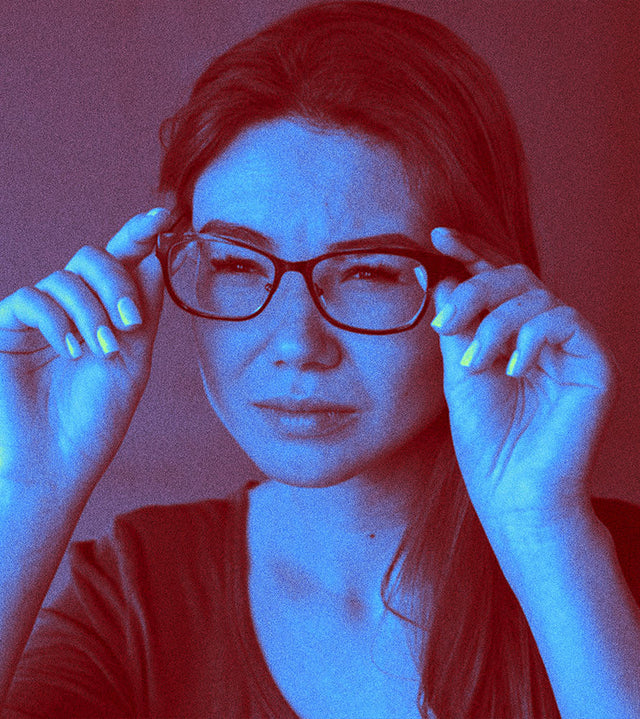
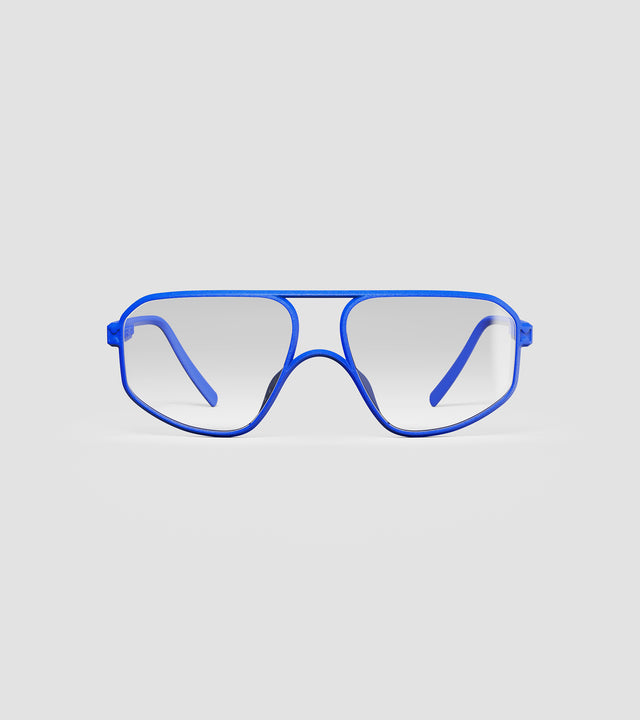
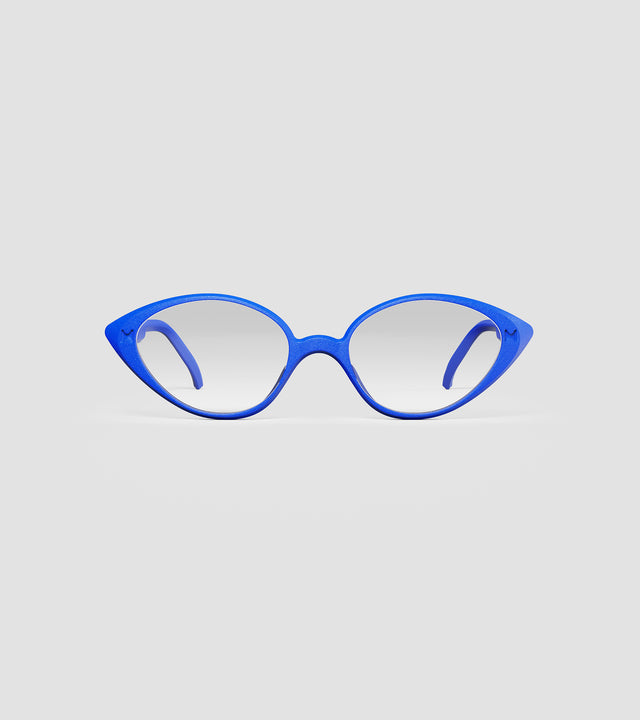
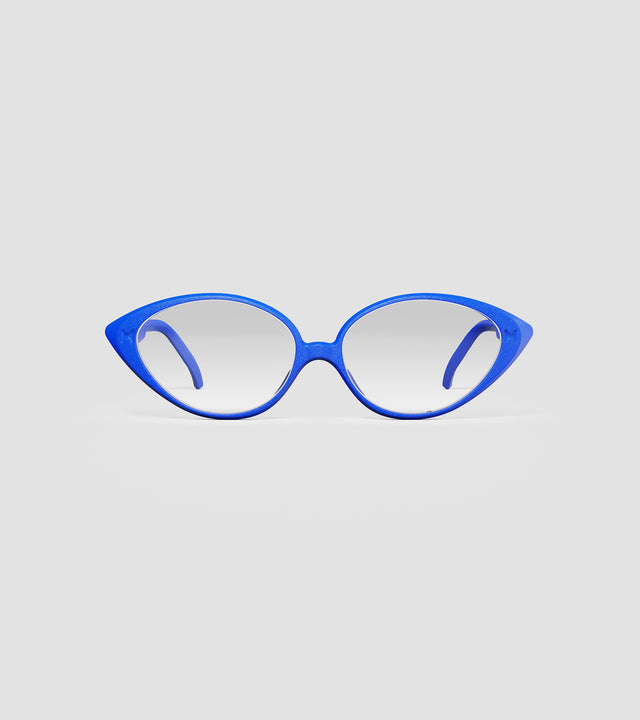
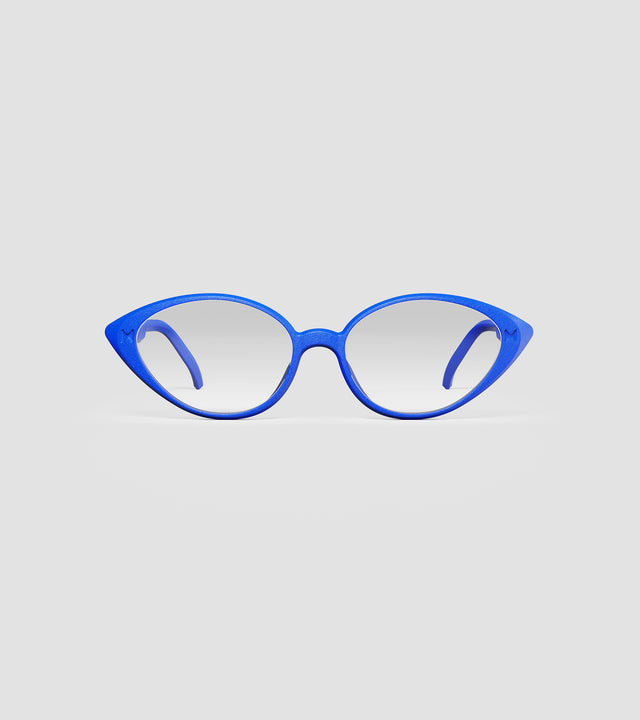
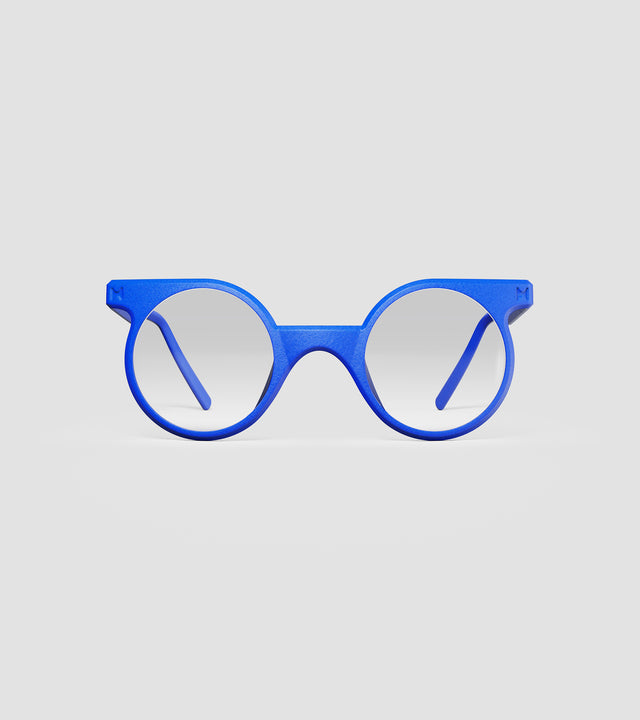
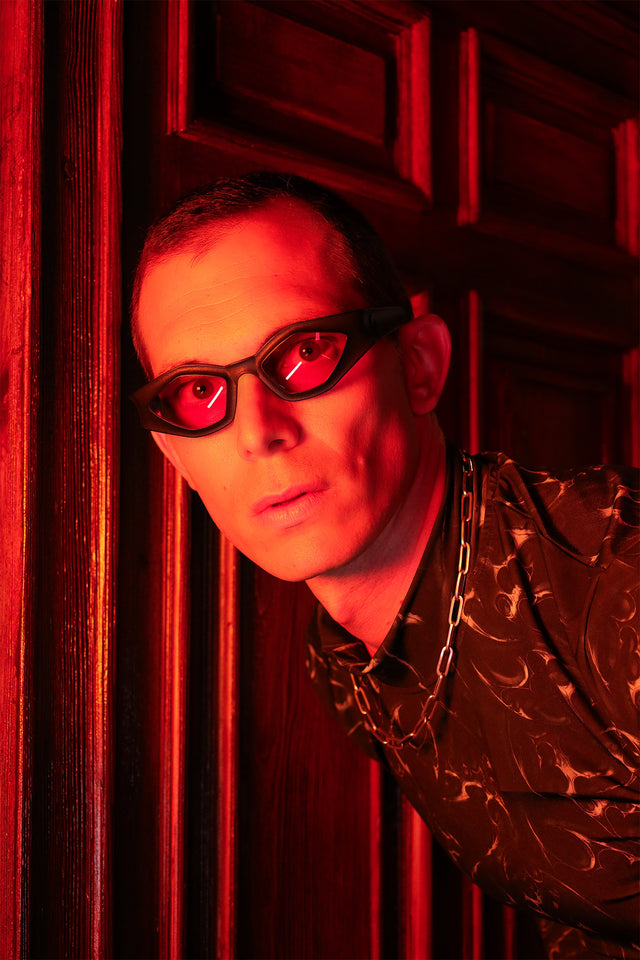
0 Commentaire
Il n'y a pas de commentaires pour cet article. Soyez le premier à laisser un message !